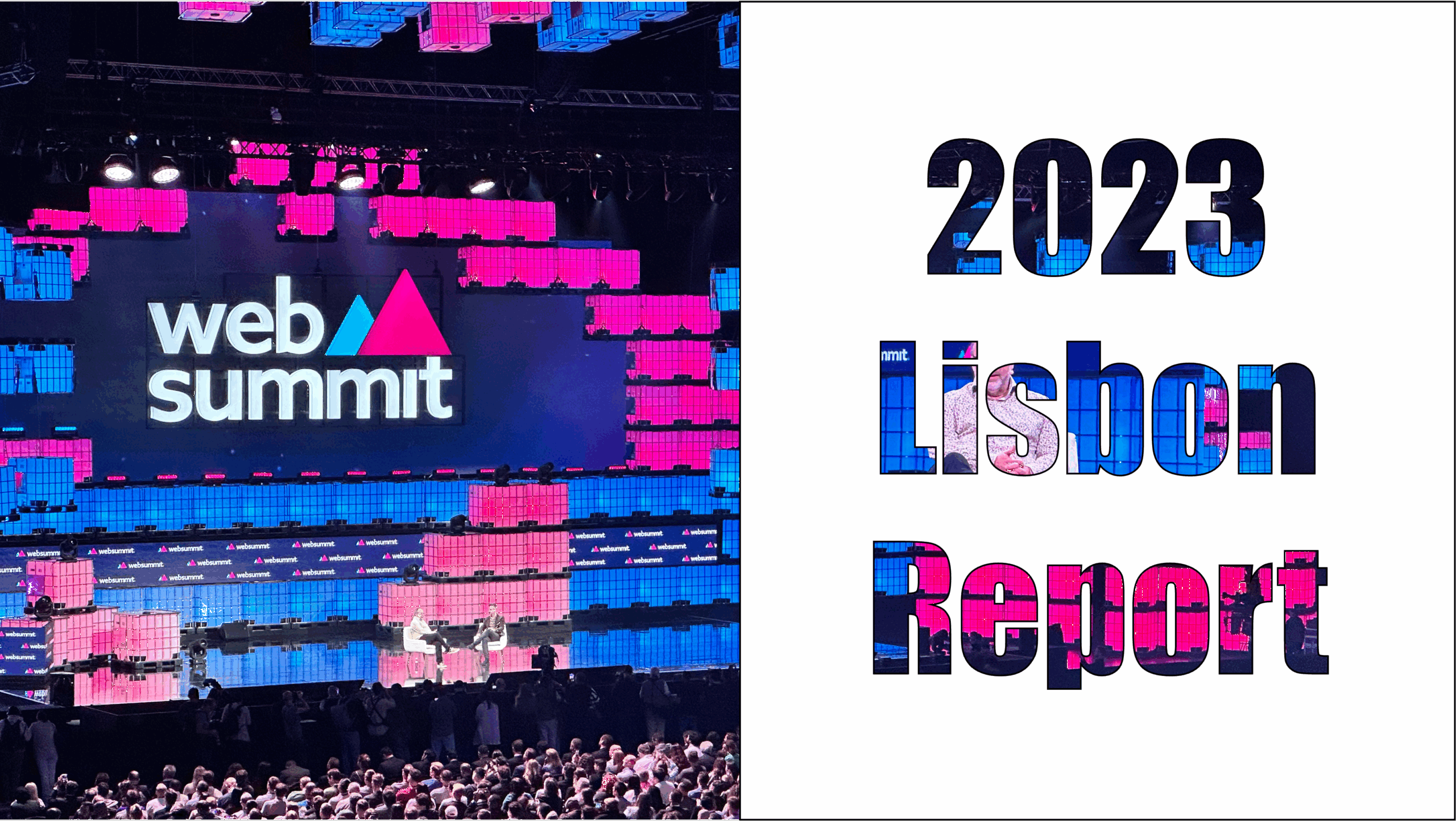To Web Summit 2025, With Vivid Memories: The Decisive Shift from 2019 to 2023
In November 2019, when I first set foot in Lisbon for Web Summit, the world was obsessed with “data” as the new oil. The primary focus for companies was how to gather and leverage it for marketing. However, this excitement was always shadowed by “regulation,” specifically the EU’s GDPR. That tension between innovation and privacy defined the atmosphere of 2019.
Four years later, after navigating a global pandemic, I immersed myself again in the currents of Web Summit. In 2023, the world was captivated by “Generative AI.” And what I witnessed was an explosive energy, qualitatively different from 2019. Of course, governments are moving to establish rules. Yet, the voices of the speakers on stage were overwhelmingly positive and full of hope.
This article is a flash report, documenting the sea change I witnessed at Web Summit 2023. The shift from “Data vs. Regulation” in 2019 to “Collaboration with Generative AI” in 2023 is profound. Moreover, this chronicle will serve as a crucial compass for deciphering 2024’s trends and maximizing the value of the upcoming web summit 2025. This is your invitation to the future.
The Essential Guide to Web Summit 2025 and the Vibe of 2023
First, let’s cover the basics. What exactly is Web Summit? Understanding its magnetic pull is crucial to grasping the value of attending web summit 2025.
What is Web Summit? Scale and Significance
Web Summit is the largest tech conference on the planet. Held every November in Lisbon, it gathers over 70,000 people from 150+ countries. This diverse mix, including 800+ speakers, 2,600+ startups, and 900+ investors, creates a fertile ground for new ideas.
The 2023 Anomaly: Coexistence of Rulemaking and Optimism
What made 2023 unique was a fascinating contrast. While governments, particularly the EU with its “AI Act,” were focused on rulemaking, most private-sector speakers were incredibly positive about Generative AI. This was different from 2019, when the private sector seemed to cautiously follow GDPR’s lead. This time, they viewed regulation not as a hindrance, but as a guardrail for healthy growth. The dominant energy was about maximizing performance within the new rules. This forward-looking attitude was the defining feature of 2023.
The Web summit schedule and web summit 2025 date
Typically, the official Web summit schedule is released mid-year. However, seasoned attendees start their planning much earlier. The web summit 2025 date will likely be in early November 2025. Therefore, it’s wise to start planning now for flights, accommodation, and a close watch on the announcements from key Web summit partners.
The New Consensus of Web Summit 2023: Generative AI is a “Tool”
The single most important consensus that ran through every discussion at Web Summit 2023 was this: “Generative AI is a tool, an assistant.” This philosophy, which sees AI as an augmenter of human capabilities rather than a replacement, was the source of the overwhelming positivity at the conference.
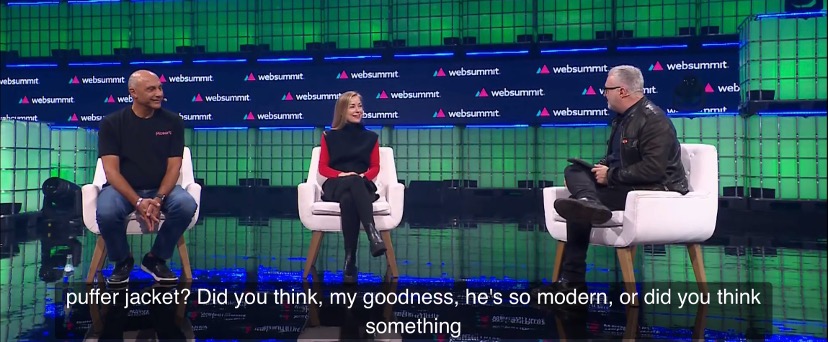
Wikipedia and Picsart on “Human Collaboration”
Wikipedia’s founder, Jimmy Wales, explicitly called AI a “tool for improving Wikipedia.” He positioned it as a powerful assistant for human editors, helping to fix errors and improve translations. Similarly, the CEO of Picsart described AI as a “creativity tool” for everyone. With AI as an assistant, anyone can bring their ideas to life. The common thread is the belief that AI’s arrival makes the human role even more vital.
Wolff Olins on the Creativity of the “Human x AI Team”
The CEO of Wolff Olins took it a step further, explaining how a human-AI team can expand creativity. The AI generates countless ideas, and the human extracts the essence and refines it. By combining AI’s computational power with human intuition, we achieve a level of creativity unattainable by one alone. Here again, AI is not the star but the ultimate collaborator—the perfect assistant.
【Laying the Groundwork for Web summit 2025】The Future of Creative and Marketing
Assuming AI is a tool, what happens in the business world? At Web Summit 2023, the path forward was framed by two major challenges. These are critical topics that will surely be debated in more advanced forms at web summit 2025.
Challenge #1: The Cookieless Era and Gen-Z
Modern marketing faces two huge hurdles: the end of cookies and winning over Gen-Z. Traditional targeting is becoming obsolete. Meanwhile, Gen-Z values “authenticity” and a brand’s story over specs. To reach them, brands need creative that resonates with their life’s context.
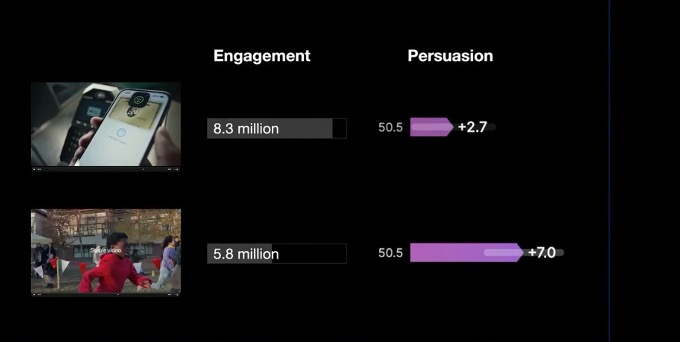
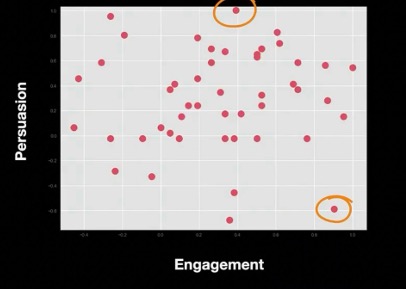
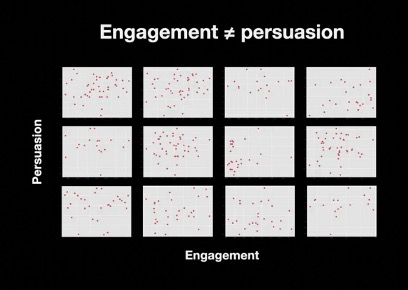
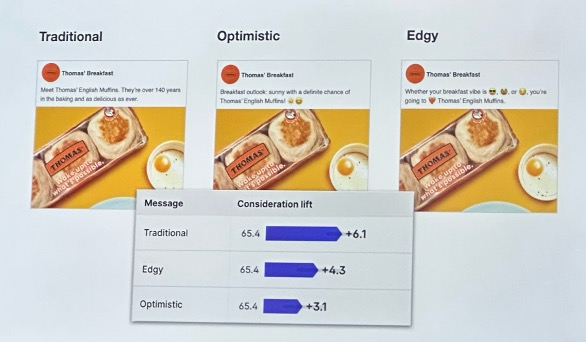
AI’s Role #1: Understanding Context and Advancing Content
Generative AI is the answer to these challenges. It can analyze vast amounts of data to provide insights into Gen-Z’s cultural context. Based on these insights, it can then generate highly relevant content—from product descriptions to short videos. In essence, AI helps us understand context and “advance” our creative marketing to the next level.
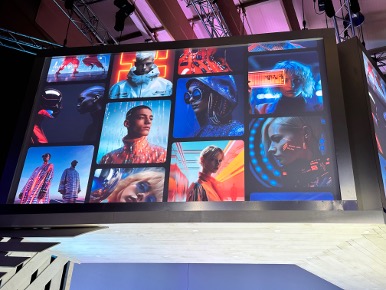
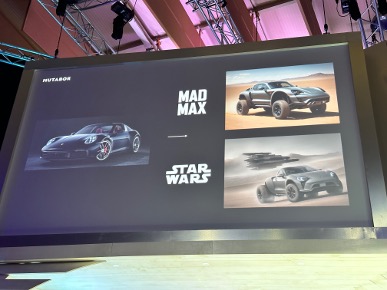
AI’s Role #2: Creating New Experiences with the Metaverse

The new stage for this advanced content is the “metaverse.” The fusion of AI and the metaverse creates unprecedented immersion and personalization, from B2B applications like AI-translated factory management to consumer experiences like virtual fashion shows. This is an inevitable evolution for brands to engage more deeply within the user’s context.
Alibaba’s Shocking Strategy: Fully Automated, AI-Led Fulfillment
Alibaba is pushing this trend to its most radical conclusion. They envision using Generative AI to almost completely automate the entire, complex process of global trade.
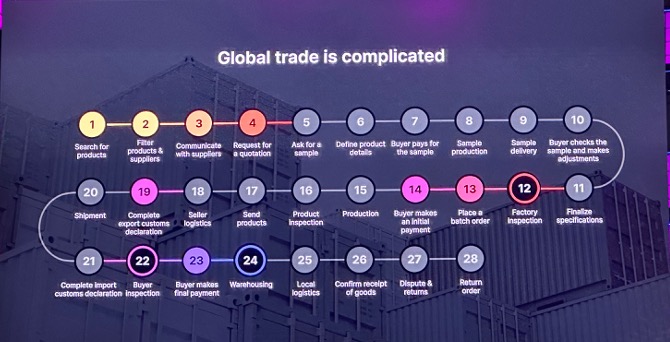
Here’s how it works. First, AI analyzes global market data and trends to automatically plan the next hit product.
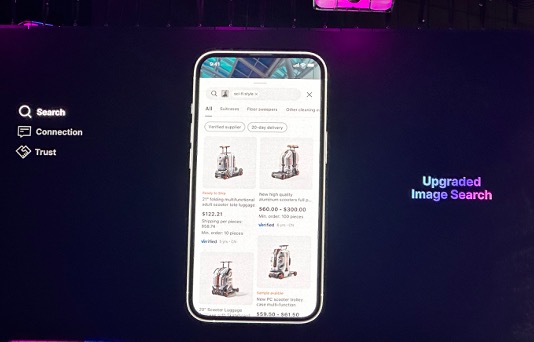
Next, it develops a marketing strategy and targets the optimal demographic.
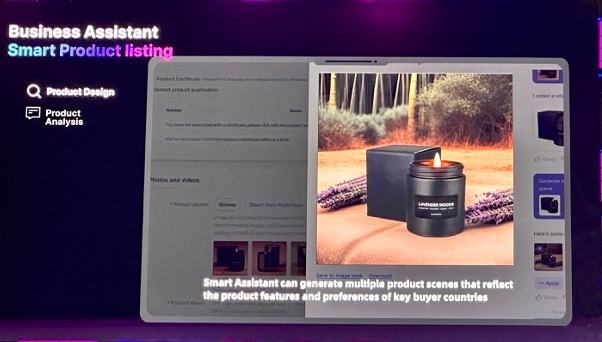
Once an order is placed, it calculates the most efficient logistics route and executes fulfillment. Furthermore, it continuously learns from customer feedback and market shifts to inform the next cycle of product development.
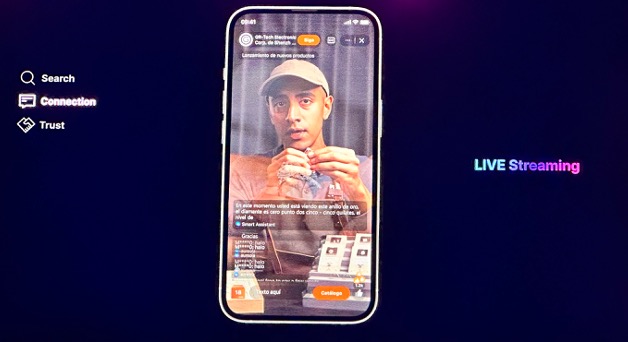
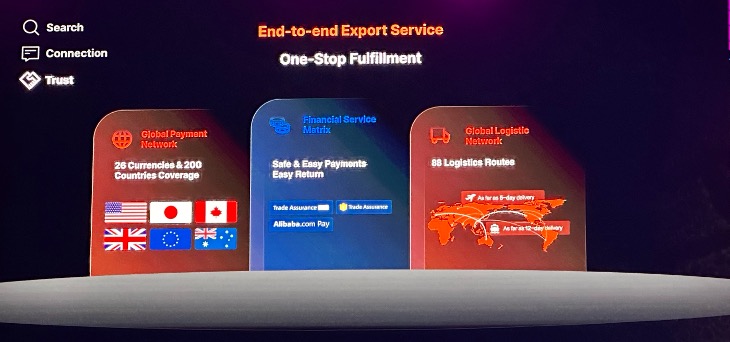
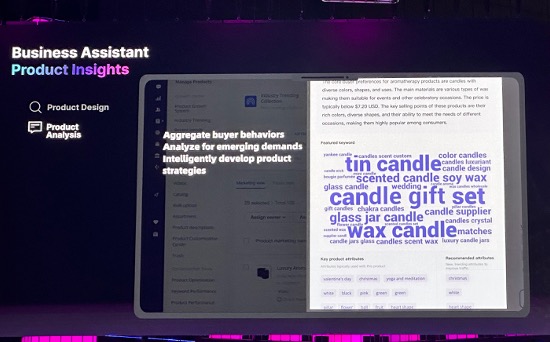
Conclusion: What the 2023 Report Means for Web summit 2025
Reflecting on the whirlwind week in Lisbon, I began to outline the future sketched by Web Summit 2023. It’s a critical roadmap for the coming years and for anyone heading to web summit 2025.
In 2019, we saw a conflict: companies chased data, and governments regulated it. In 2023, the dynamic shifted. While governments are setting rules for Generative AI, the private sector is overwhelmingly positive, united by the consensus that “AI is a tool, a human assistant.”
The direction of this tool is clear. To solve the marketing challenges of the cookieless era and Gen-Z, businesses must use AI to deeply understand customer context. Then, they must push for “content advancement” and “metaverse experience creation.” This is the future that Web Summit 2023 laid out for us.
Ultimately, the most important question is a human one. With this incredible AI tool in hand, what questions will we ask? What new contexts will we create? I hope this report helps you take your next step. I look forward to seeing you in my 2024 report and beyond.
Official site: https://websummit.com/
Google Map:

